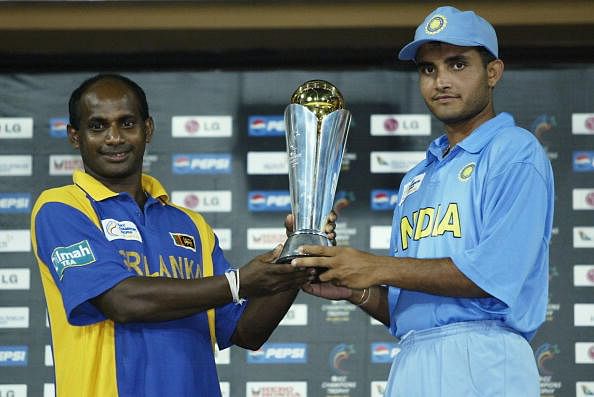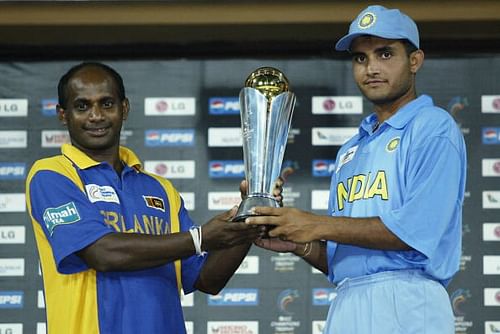
ICC Champions Trophy 2002: Knockout makes way for Champions

How do we remember a great tournament? Packed houses, exciting finishes, or at the most basic level, your team winning the tournament. A multi-nation tournament, be it in any sport, comes with larger expectations from the sport’s lovers. It is but natural that the bar of expectations for such a tournament, organised by the sport’s governing body, is even higher.
However, something seems amiss with the ICC Champions Trophy, which has always fought hard to find meaning to its existence. The name of the tournament was never constant, neither was its changing format, and time and again the tournament’s viability was questioned by the administrators themselves. All this resulted in a step-motherly treatment to the tournament from administrators and fans alike. So much so, that it is being scheduled now just to fulfil the commitments made to the broadcasters and the sponsors.
The 2002 edition of the tournament can be said to have marked the epoch in terms of the absolute senselessness of the Champions Trophy. For starters, the tournament’s timing couldn’t have been worse. 12 out of the 14 teams to play at the World Cup in South Africa were playing in a ‘mini World Cup’ in Sri Lanka just six months prior to the mega event. Secondly, the scheduling increased the duration of the tournament from a week-10 days in 1998 and 2000 to 20 days, which was almost as long as the World Cup. As such, there was nothing ‘mini’ about the ‘mini World Cup’.
Pool matches meant that ICC Knockout Trophy became the Champions Trophy. The number of participants was increased to 12, accommodating 10 Test playing nations (yes, now Bangladesh was a Test playing nation) and 2 associates. This meant that Netherlands got an opportunity to play against full member nations effectively for the first time in six years (the last time they played full member nations was during the 1996 World Cup). Last but not the least, fans in India saw the coverage shift from ESPN Star to SET Max and ‘Extra Innings’ became a part of our lives. This also meant that before Rochelle Rao and even Mandira Bedi graced our TV Sets, Ruby Bhatia was introduced (read ‘shoved down viewer’s throats’) to the fans in the pre-match show as the channel attempted to bring about women viewership for the matches (*facepalm*).
But still there were bright spots for some fans to look forward to the tournament. India were coming back from England after drawing the Test series 1-1 and winning the Natwest Trophy after an epic final. Sri Lanka was hosting its first multi-nation tournament without the threat of terrorist attacks and civil war looming. Thus, all the teams confirmed their participation. Lastly, as every Indian fan would remember fondly, giants such as Australia and South Africa were facing their most dreaded nemesis in slow and turning wickets.
The pool system allowed each pool to have two strong teams coupled with either an associate or a weak full member nation. To provide semblance of a Knockout, only one team progressed from each pool to the semifinals. Thus, Pool 3 was the strongest in terms of competition with India, Zimbabwe and England facing off. However, Pool 2 also saw some excitement as well with South Africa and West Indies providing some hara-kiri on the way.